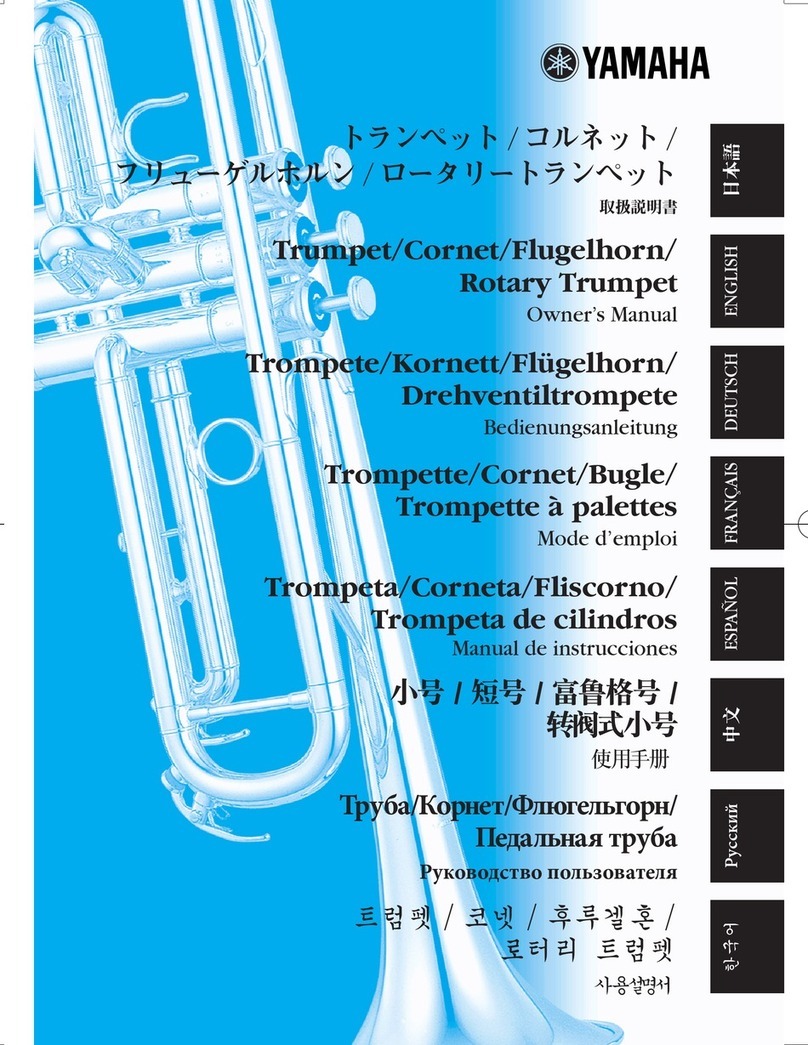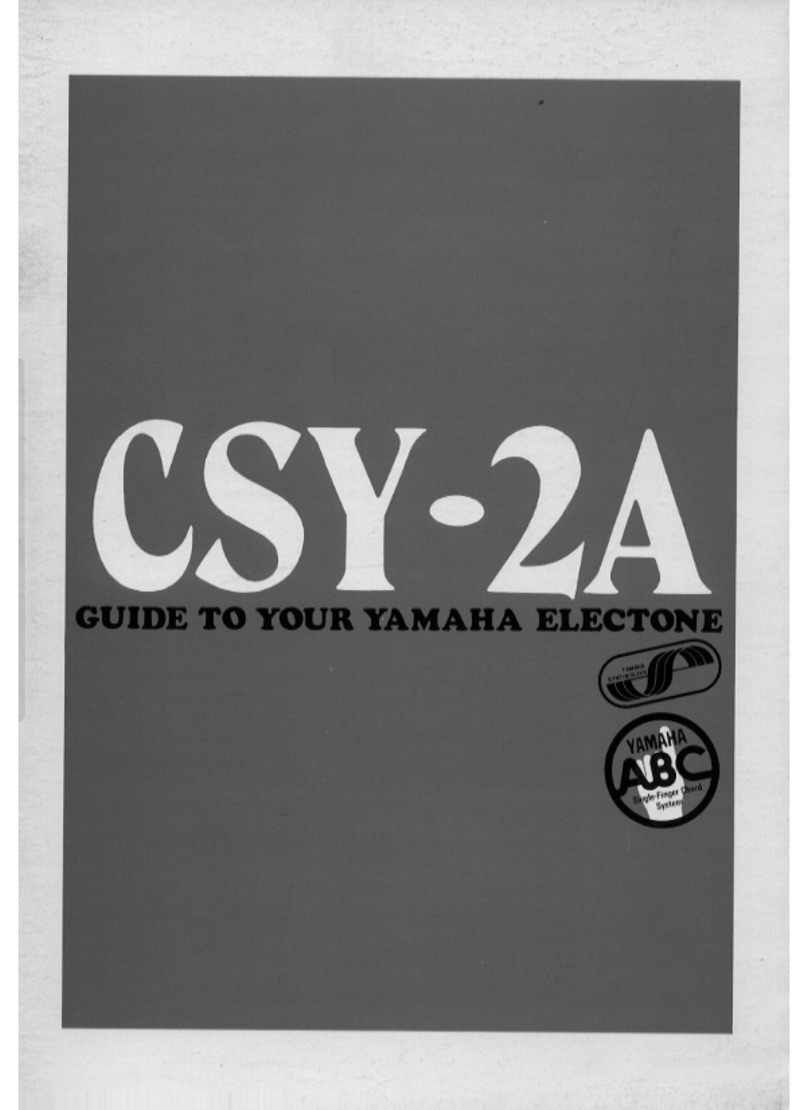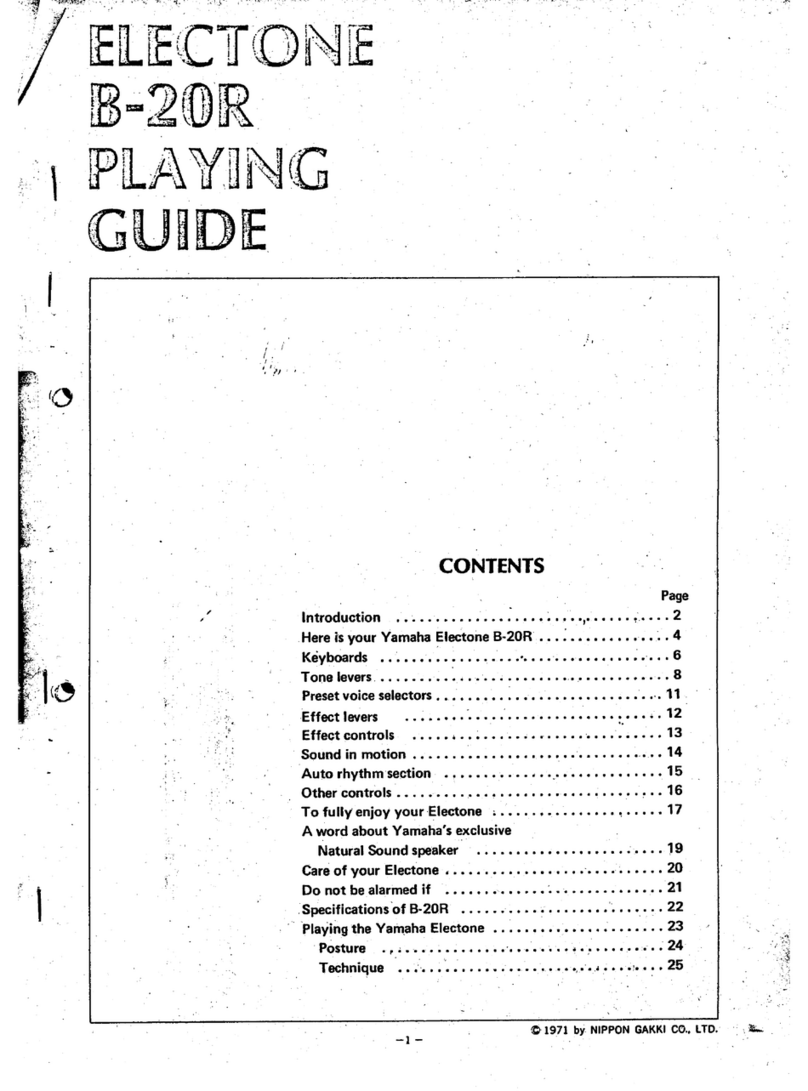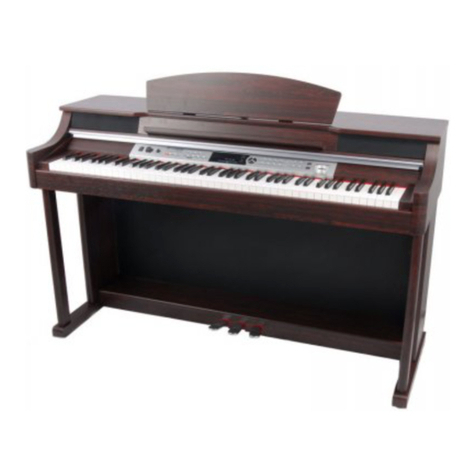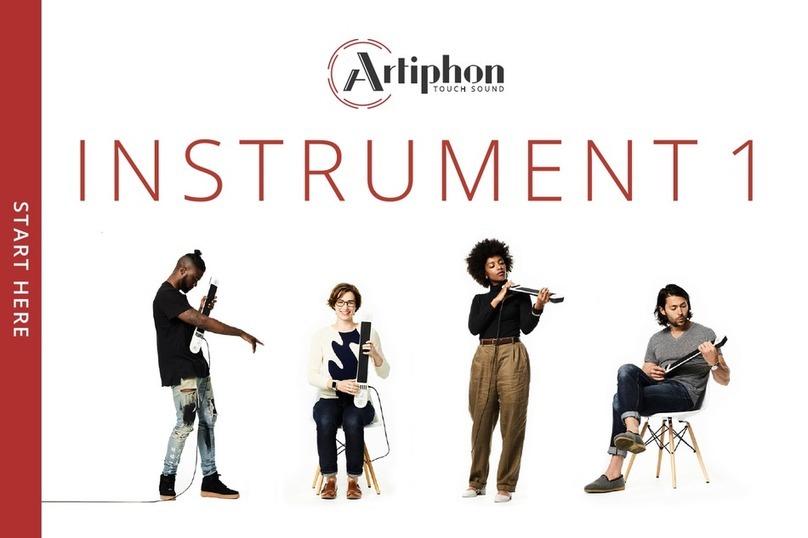Yamaha Electone B-20BR User manual
Other Yamaha Musical Instrument manuals
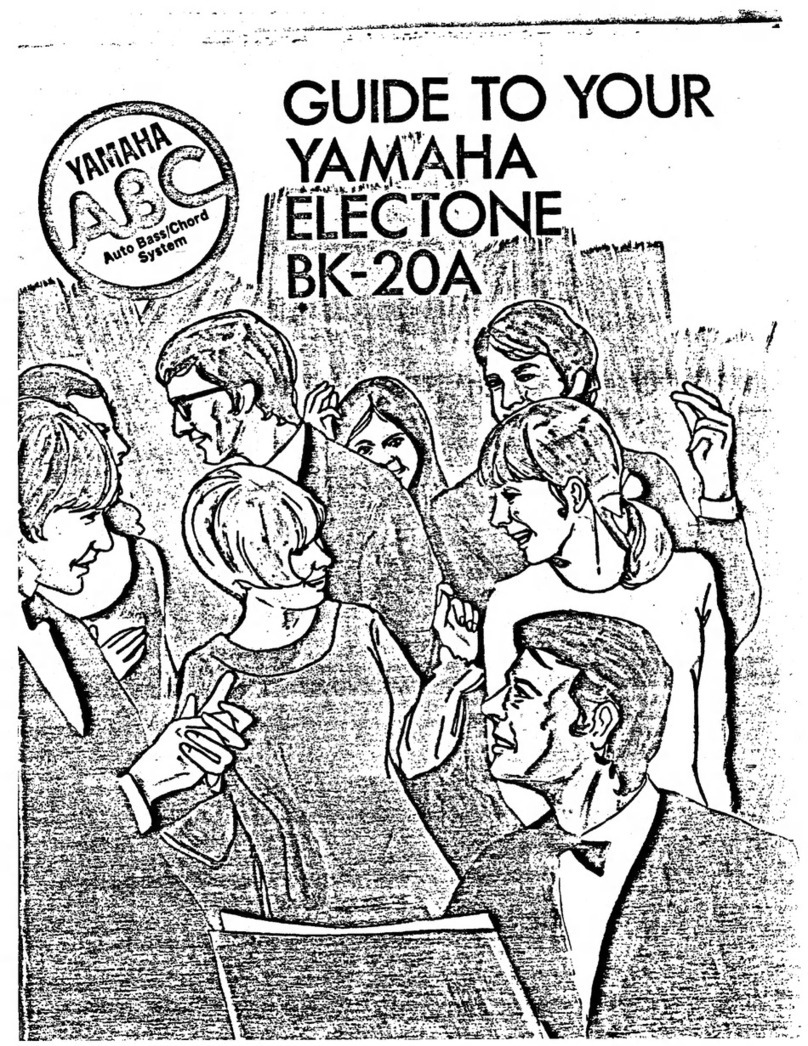
Yamaha
Yamaha Electone BK-20A User manual

Yamaha
Yamaha Electone D-600 User manual
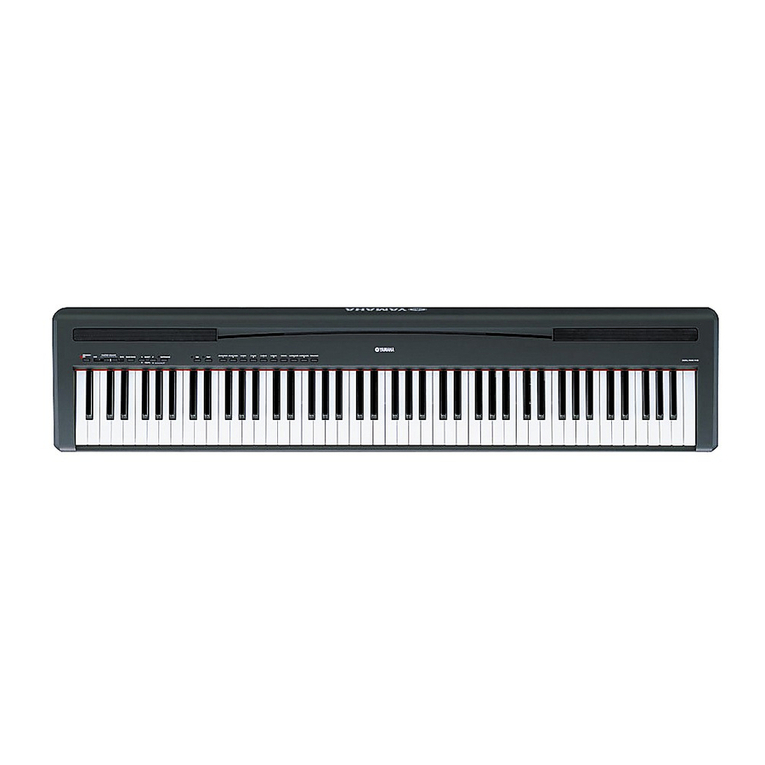
Yamaha
Yamaha P-85/85S User manual

Yamaha
Yamaha EZ-EG User manual

Yamaha
Yamaha Electone D-85 User manual

Yamaha
Yamaha SK-100 User manual
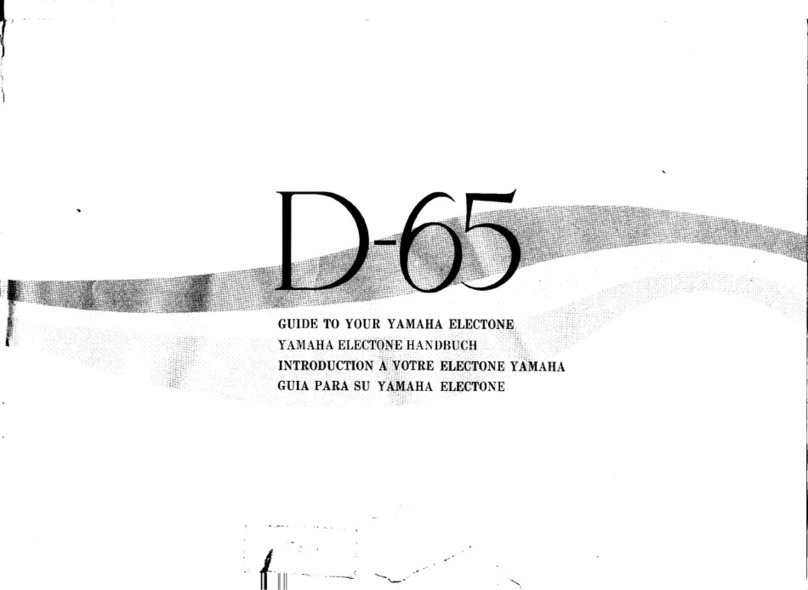
Yamaha
Yamaha Electone D-65 User manual
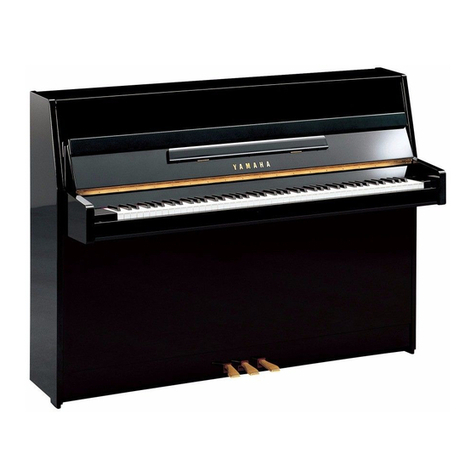
Yamaha
Yamaha b1-Silent Manual
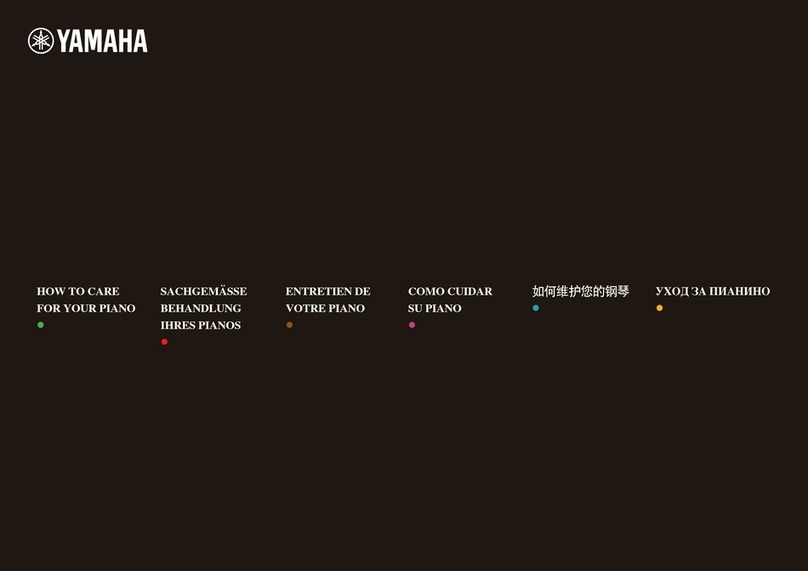
Yamaha
Yamaha CF III S User manual
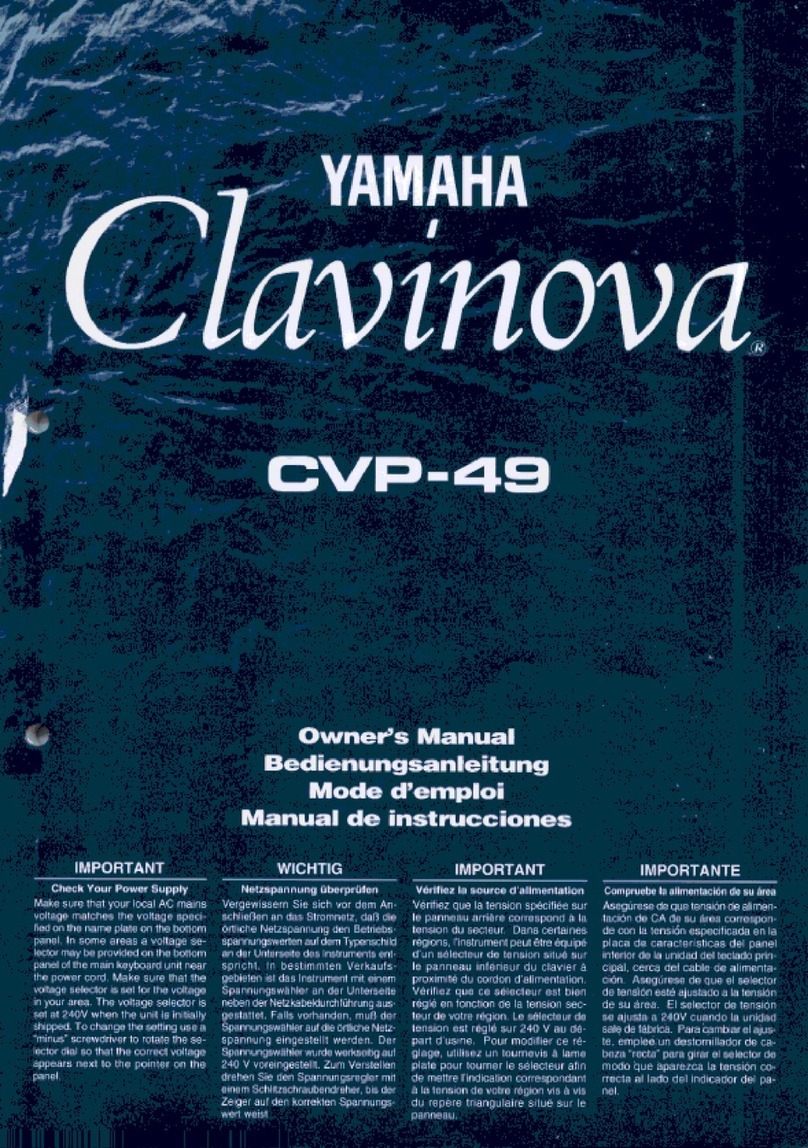
Yamaha
Yamaha Clavinova CVP-49 User manual
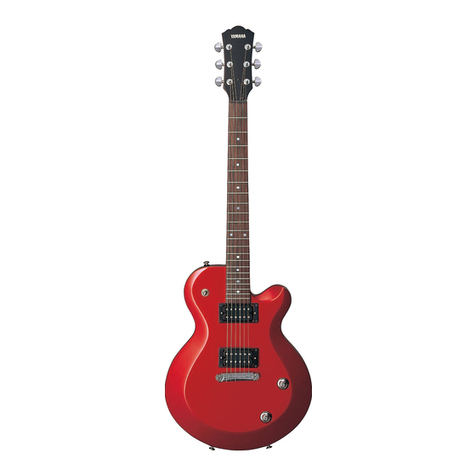
Yamaha
Yamaha AES420 User manual
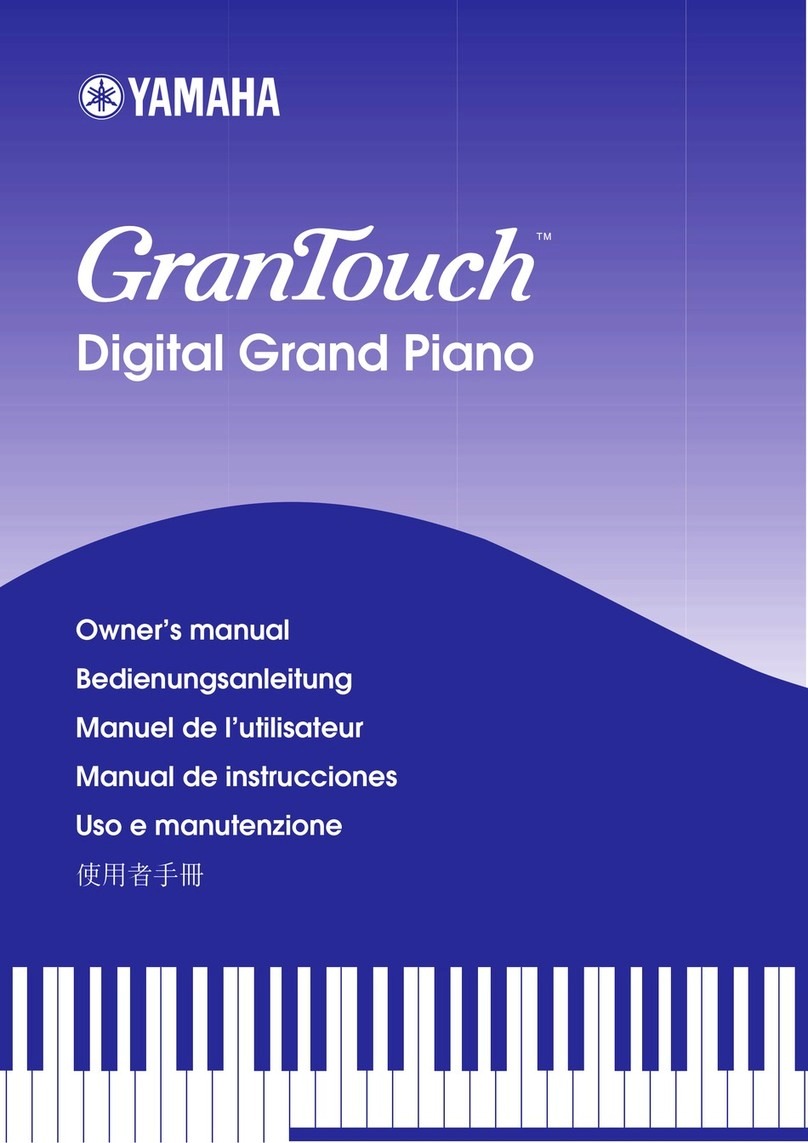
Yamaha
Yamaha GranTouch GT1 User manual
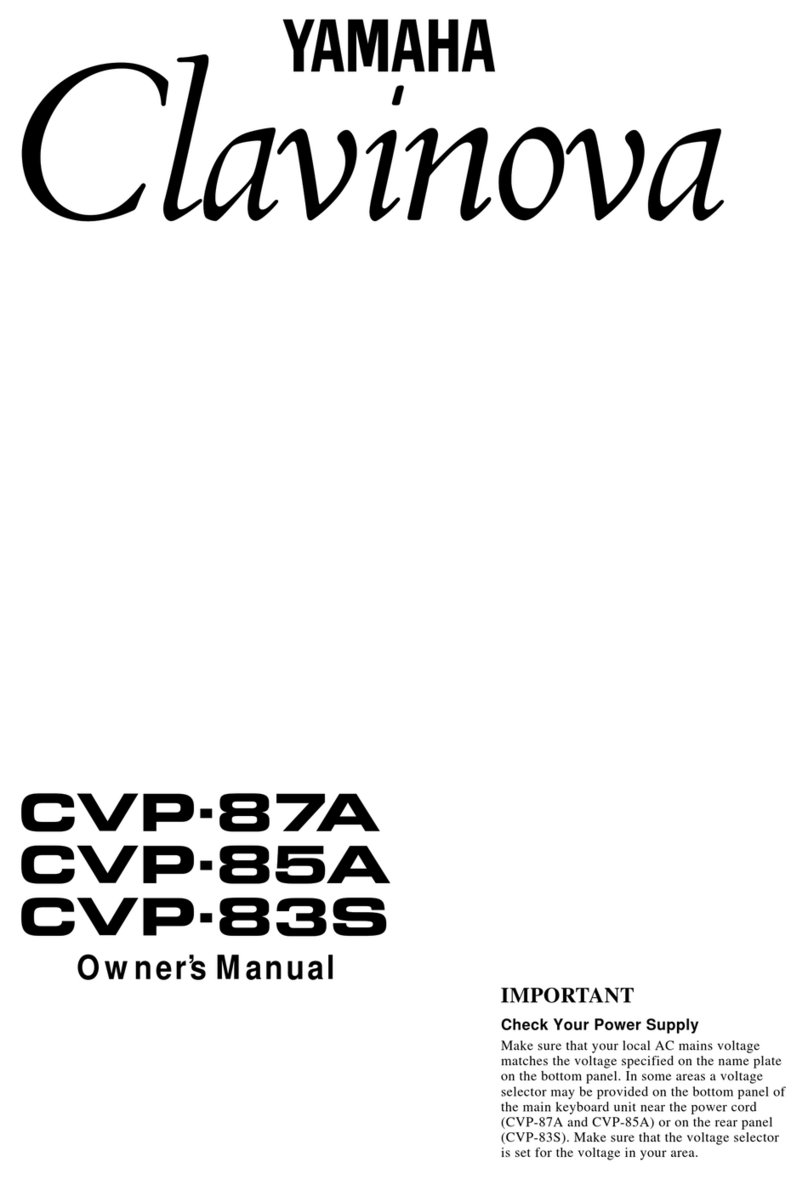
Yamaha
Yamaha Clavinova CVP-83S User manual

Yamaha
Yamaha Disklavier E3 User manual

Yamaha
Yamaha Modus F02 User manual
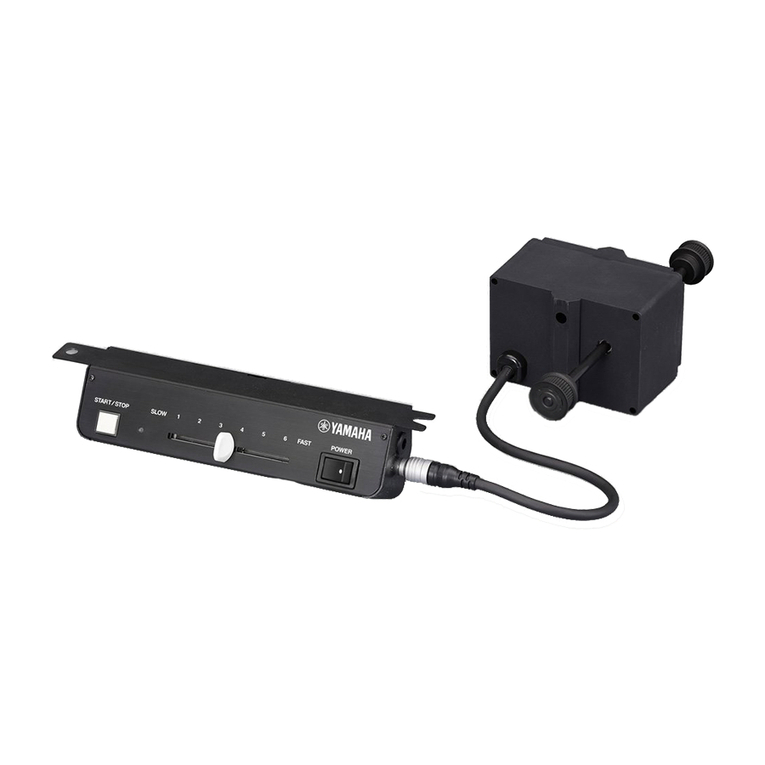
Yamaha
Yamaha YVD20 User manual
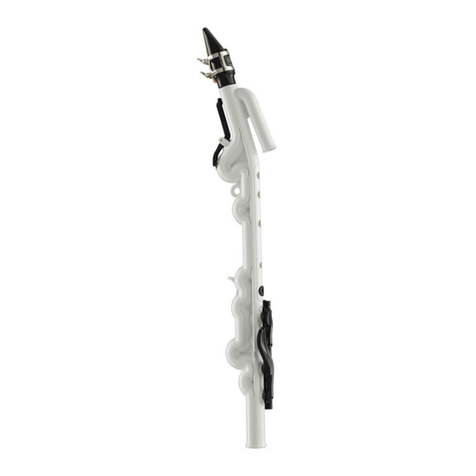
Yamaha
Yamaha Venova YVS-100 User manual

Yamaha
Yamaha GranTouch GT2 User manual

Yamaha
Yamaha BB2005 User manual

Yamaha
Yamaha Clavinova CVP-105 User manual
